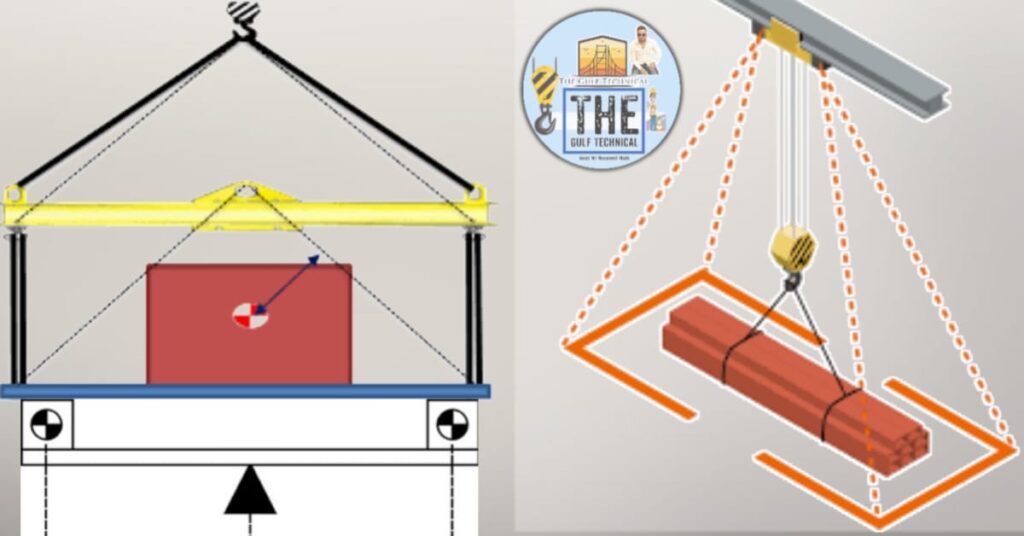What is the center of gravity? Let us know today in this article what is called the center of gravity. The center of gravity is very useful in rigging; for example, in an industrial setting, you see a tank inside that has a kind of mark on it. It is called the center of gravity of a tank vessel. The thing that is the center of gravity is that whenever you do any lifting, you get proper information to balance any item as to where the center of gravity of that item is.
The center of gravity (COG) plays a crucial role in rigging and lifting operations. It is a key concept in the field of material handling and is essential for ensuring the safe and efficient lifting of loads using cranes, hoists, and other lifting equipment.
What is COG in rigging?
If your center of gravity is not correct in a rigger, then you will not be able to lift the goods properly, which means that the center of gravity is very important in a rigger.
The center of gravity of an object is the point where its weight is considered to act. It is the balance point of the object, where the force of gravity can be considered to act on the entire mass of the object. When lifting or rigging a load, understanding and considering the center of gravity is essential for several reasons:

What is the center of gravity when lifting?
1) Stability: Knowing the location of the center of gravity of a load is crucial for maintaining stability during lifting and moving operations. If the lifting points are not positioned correctly in relation to the center of gravity, the load may become unstable, leading to tipping or shifting during the lift.
2) Load Balancing: Understanding the center of gravity helps in determining the proper rigging configuration and lifting points to ensure that the load is evenly balanced. Proper load balancing minimizes the risk of unequal loading on the rigging equipment, reducing the chances of equipment failure or accidents.
3) Equipment Selection: The center of gravity of a load influences the selection of lifting equipment and rigging accessories. It affects the choice of lifting slings, rigging hardware, and lifting attachments to ensure that the load is properly supported and secured during lifting.
4) Load Control: By knowing the center of gravity, riggers and crane operators can better control the load during lifting and moving operations. Understanding the distribution of weight within the load enables them to plan and execute lifting maneuvers more effectively and safely.
5) Preventing Accidents: Considering the center of gravity helps in preventing accidents such as load shifting, rollovers, or structural failures during lifting and rigging operations. Properly identifying and accounting for the center of gravity reduces the risk of mishaps that could result in injuries, equipment damage, or property damage.
In practical terms, determining the center of gravity of a load involves understanding its shape, weight distribution, and dimensions. For irregularly shaped or asymmetrical loads, calculating or estimating the center of gravity may require the use of specialized tools or software, as well as experience and expertise in rigging and lifting operations
How should you lift a load with an uneven center of gravity?
How do you understand the center of gravity for lifting a load? First of all, you take a sling that is done in the rigger before lifting, and after vertically lengthening it in front of the bottom, put your material in it. After that, prepare your lifting sling. You will work on it by folding the slings once. After folding, do the same next to the mark load that you have material; that will be where you find the center of gravity.
As you see in the photo, the center of gravity has nothing to do with us, but we have to use the symbol COG to give a crane hook in front of the COG logo and the symbol of the center of gravity.